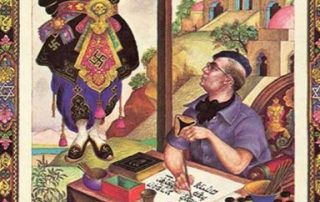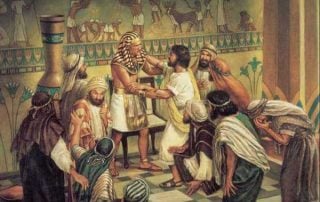Purim—the Day when We Celebrate Spontaneous Symmetry Breaking
This is what Haman did not understand. Even at the highest level, where there is a complete symmetry between Jacob and Esau, G‑d chooses Jacob—a spiritual example of the spontaneous symmetry breaking: "I loved you, said the Lord, and you said, “How have You loved us?” Was not Esau a brother to Jacob? says the Lord. And I loved Jacob. And I hated Esau…" (Malachi I, 2-3). Haman failed the test on quantum field theory and ended up hanging on a gallows.



